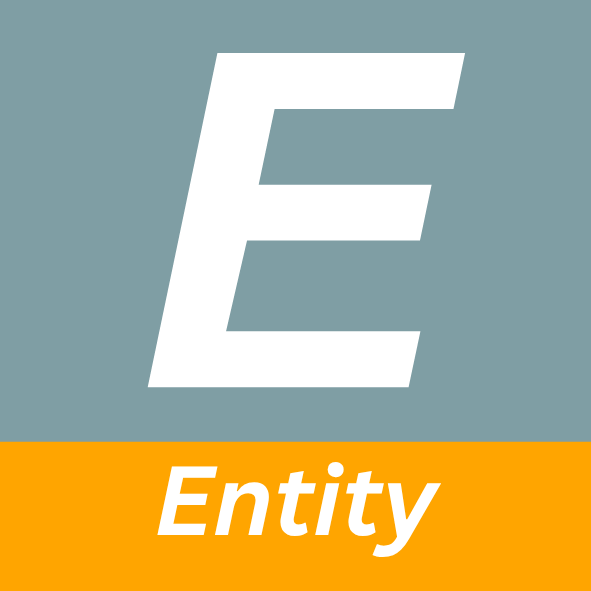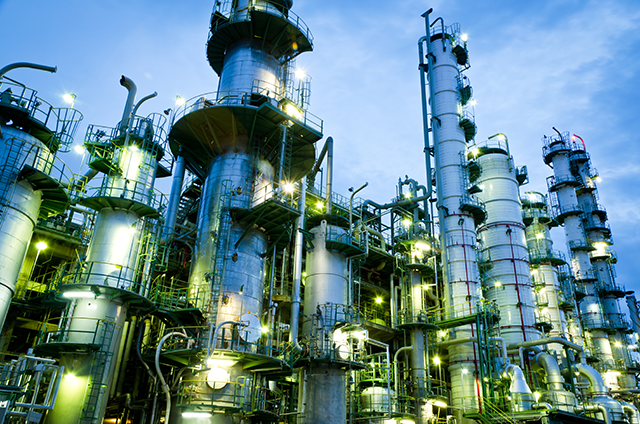Process Summary
The UOP Parex™ process is an adsorptive separation method for the recovery of para-xylene from mixed xylenes. “Mixed xylenes” refers to a mixture of C8 aromatic isomers that includes ethylbenzene, para-xylene, meta-xylene, and ortho-xylene. These isomers boil so closely together that separating them by conventional distillation is not practical. The Parex process provides an efficient means of purifying and recovering para-xylene using a solid zeolitic adsorbent which is selective for para-xylene. Unlike conventional batch chromatography, the Parex process simulates a moving bed of adsorbent with continuous counter-current flow of a liquid feed over the adsorbent. Feed and products enter and leave the adsorbent bed continuously, at nearly constant compositions. This technique is called simulating-moving-bed separation[1].
Parex Integration in the Aromatics Complex
In a UOP aromatics complex:
- the Parex unit is located downstream of the xylene column.
- it is integrated with an IsomarTM unit (Fig. 1).
- The feed to the xylene column consists of the C8+ aromatics product from a CCR PlatformingTM unit and the xylenes produced in a TatorayTM unit.
- The C8 fraction from the overhead of the xylene column is fed to the Parex unit, where high purity para-xylene is recovered in the extract.
- The Parex unit raffinate, a stream depleted in para-xylene, is sent to the Isomar unit where an equilibrium concentration of para-xylene is re-established.
- Isomar product is recycled back to the xylene column[1].
Figure 1 - UOP Parex Process Integration in the Aromatics Complex[2]

The Parex process is designed to recover more than 97 wt-% of the para-xylene from the feed in a single pass while delivering product purity of 99.9 wt-%[1][3].
Process Description
The key separation takes place in the adsorbent chambers. Each adsorbent chamber is divided into several discreet adsorbent beds. Each adsorbent bed is supported from below by a specialized internal grid, that is designed to ensure highly efficient liquid flow distribution. Each level of internal grid is connected to a flow directing device, known as a rotary valve, by a bed line. The internals between each adsorbent bed are used to inject or withdraw liquid from the chamber while simultaneously collecting liquid from the bed above and redistributing the liquid to the bed below[1].
A typical Parex unit has 24 adsorbent beds with 26 levels of chamber internal grids, and 24 bed lines connecting the beds to the rotary valve. Due to practical construction considerations, most Parex units consist of two adsorption chambers in series with 12 beds each[1].
In the Parex process, there are four major streams that are distributed to the adsorbent chamber by the rotary valve. These “net” streams, routed “in” and “out” of the adsorbent chambers, include:
- Feed in - mixed xylenes feed
- Dilute extract out - para-xylene product diluted with desorbent
- Dilute raffinate out - ethyl benzene, meta- and ortho-xylene diluted with desorbent
- Desorbent in - recycle desorbent from the fractionation section[1]
In a simplified version of the process, only four of the bed lines are active at any given time, carrying the net streams into and out of the adsorbent chambers. The rotary valve is used to periodically advance the positions of the liquid feed and withdrawal points as the composition profile moves down the chambers. A pump provides the liquid circulation from the bottom of the first adsorbent chamber to the top of the second. A second pump provides circulation from the bottom of the second adsorbent chamber to the top of the first. In this way, the two adsorbent chambers function as a single continuous loop of adsorbent beds[1].
The dilute extract is sent to the extract column for separation of the C8 and lighter components rich in para-xylene from the desorbent. The overhead from the extract column is sent to a finishing column where the highly pure para-xylene product is separated from any toluene which may have been present in the feed[1].
The dilute raffinate from the rotary valve is sent to the raffinate column for separation of the C8 components depleted in para-xylene from the desorbent. The overhead from the raffinate column contains unextracted C8 aromatic components: ethyl benzene, meta-xylene, ortho-xylene, and any nonaromatics which may have been present in the feed. The raffinate is sent to the Isomar unit where additional para-xylene is formed and is then recycled back to the Parex unit[1].
The desorbent from the bottom of both the extract and raffinate columns is combined and recycled to the adsorbent chambers through the rotary valve. In order to maintain desorbent quality, provision is made to take a slipstream of the recycle desorbent to a small desorbent rerun column where any accumulating heavy contaminants are rejected. Mixed xylene feed to the Parex unit is first stripped, clay treated, and rerun. As a result of the high quality of the feed, the amount of heavy contaminants to be removed intermittently from the bottom of the desorbent rerun column is not significant[1].
Process Features and Benefits
- Highest para-xylene purity and recovery - Modern designs allow for production of 99.9 wt-% pure para-xylene at 97 wt-% recovery per pass. Previous generation design Parex units can also be modified to 99.9 wt-% purity. No other adsorptive or crystallization technology can consistently match this performance.
- Highest reliability - On stream availability generally exceeds 350 operating days per year, on average, annually. The highly reliable rotary valve design has greater than 99.9% process availability. The UOP rotary valve has been engineered for ruggedness and reliability and has been proven by more than 161 operating valves world-wide. These valves are used in all of UOP’s Sorbex technologies.
- Most economic design - single train capability exceeds 1000 KMTA PX capacity, allowing customers to benefit from economies of scale. UOP’s vast design and commercial operating experience allow for designs of new units that have the lowest capital and operating costs available to the industry[1].
Economics*
- Basis: 700 KMTA para-xylene production, 99.9 wt-% purity
- Estimated Erected Cost, US$ MM (2006 US Gulf coast basis, Inside battery limits only)
- Estimated Utility Consumption
|
|
5376 |
- Medium Pressure Steam, MT/hr
|
10.6 |
|
|
37 |
|
|
154 |
*As of Nov 2006[1]. |
|
Commercial Experience
The first commercial Parex unit came on stream in 1971. As of 2006 UOP has licensed more than 100 Parex units around the world ranging from 21,000 MTA to 1,600,000 MTA of para-xylene production[3].
Product Usage
The high purity para-xylene produced by the Parex process is used for the production of polyester fibers, resins, and films. In downstream processing, para-xylene is converted to terephthalic acid (TPA) or dimethyl terephthalate (DMT), which is then reacted with ethylene glycol to form polyethylene terephthalate (PET), the raw material for most polyesters[1].
References
- UOP ParexTM Process Datasheet, Nov 2006, downloaded from pdfcoffee.
- UOP PAREX PROCESS, Date unknown, downloaded from pdfcoffee.
- Honeywell UOP > Industry Solutions > Petrochemicals > Aromatics Recovery (accessed 13th Jul 32025)




















